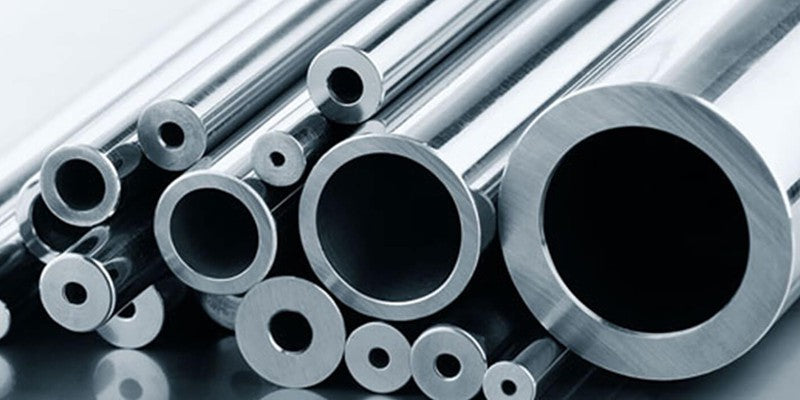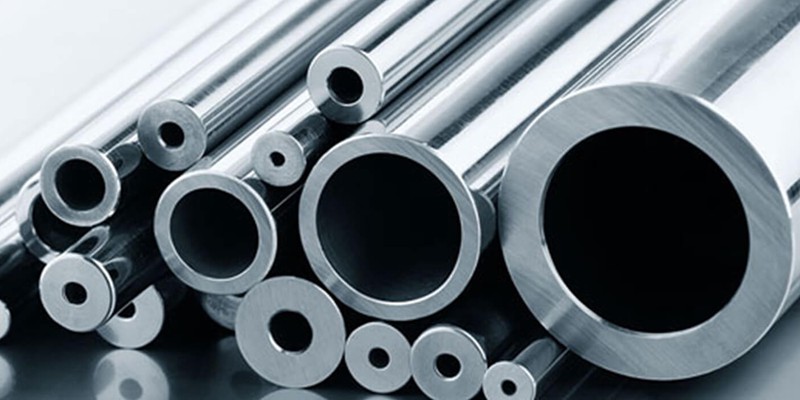
Heat treatment is a popular manufacturing process that improves the quality of materials through controlled exposure to temperature. Precipitation hardening is one of the most common and useful heat treatment processes, whose main objective is to increase the yield strength and toughness of metal alloys.
In this article, we discuss precipitation hardening in detail. We explain the precipitation hardening process, which materials are commonly precipitation hardened, as well as the advantages and challenges.
What is precipitation hardening?
Let's start with the main question of this discussion: What is precipitation hardening? Simply put, precipitation hardening, also called age hardening or particle hardening, is a heat treatment method that increases the strength of metal alloys.
It mainly works by forming precipitates of alloy materials/impurities or secondary phase particles within the main structure of the host material. These precipitates cause distortions in the crystalline structure of the alloy and produce the characteristic effect of increased precipitation.
In short, age aging is extremely useful for improving the material properties of a variety of alloys. It allows engineers to design long-life components with a limited budget and limited material availability.
How does precipitation hardening work?
The precipitation hardening process essentially consists of three steps, each requiring careful control.
1. Preparation
The first step is to prepare the part and the precipitation hardening system.

For the piece, professionals take some care to ensure that the heat treatment is as efficient and economical as possible. Complex and bulky geometries are often challenging because heat is not evenly distributed throughout the body, which leads to problems later. Therefore, the goal is to keep the geometry as simple as possible. However, this is not always possible because most precipitation hardening components are finished products such as dies or tools.
Additionally, the curing equipment is usually an oven that houses the part during heating and maintains the heat at the required level. In general, ovens need to be prepared well in advance to achieve the correct temperatures and even distribution of heat throughout the heating chamber. One of the important preparatory steps during curing is cleaning, heating and controlling the temperature of the oven.
2. Dissolving or treating in solution
This is where the real heat treatment begins. The objective of all this activity, as already explained, is to make the alloy more tenacious, changing its microstructure. This is not possible at room temperature because the microstructural components are immobile and fixed in their specific positions.
Therefore, the metal must first be brought to a state in which the desired changes to its microstructure can be made. In this step, operators heat the alloy to a high temperature in a furnace. Normally the heating temperature is just below the melting point of the alloy or slightly above its recrystallization temperature.
At this temperature, the alloying elements and all other impurities in the host metal dissolve and form a homogeneous solid solution. For this reason, this step is called solution treatment. A uniform and uniform distribution of the alloying elements throughout the volume of the solid solution is achieved.
Now this solution is ready for the next stage of the healing process.

3. Tempera
The next step in the precipitation hardening process is quenching. At the end of the solution hardening phase, the alloying elements are evenly distributed in the host metal matrix and all microstructure particles can move easily in the matrix. The structure is highly ductile and flexible. Of course this is not desirable with hard alloys.
Therefore, in the quenching phase, this solid solution state is frozen in place. To do this, the extremely hot solid solution is quickly cooled to room temperature in a suitable quenching medium such as water or oil.
After quenching, all particles of the microstructure are fixed in their respective positions. This maintains the uniformity of the solid solution but loses the ductility of the high-temperature solution. In this frozen state, the movement of the microstructure is extremely restricted because the particles are fixed in place.
4. Precipitation
The final step in precipitation heat treatment is precipitation or aging. After quenching, operators reheat the alloy to a lower temperature and hold it there for a longer period of time. This is where the name “aging” comes from, as it takes time.
The aging temperature depends on the alloy metal, but is generally in the range between 150°C and 550°C. The aging period is generally a few hours.
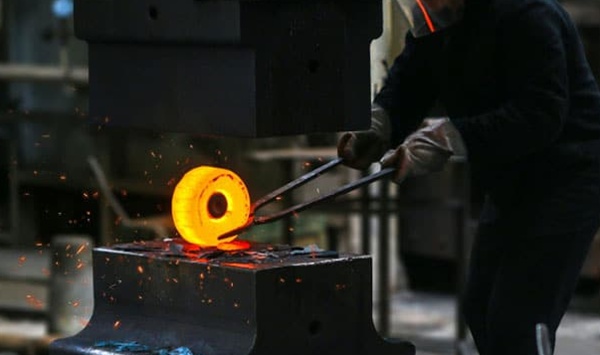
During aging, the alloying elements mix in the solid solution and form small, finely dispersed clusters within the matrix. These agglomerates, or precipitates as we call them here, cause particle hardening, act as barriers to the movement of dislocations in the lattice matrix, and prevent plastic deformation. This increases the hardness and resistance of the material.
It is very important to control the temperature and duration of aging at this stage. It has a direct impact on the size, distribution and composition of the precipitates, which in turn affects the quality of the precipitation hardened alloy.
After the desired precipitation has been achieved, the alloy is slowly brought back to room temperature and is then ready for use.
What materials are commonly subjected to the precipitation hardening process?
Precipitation heat treatment is used for a variety of metal alloys. The most common are age-hardening aluminum (2024, 6061, and 7075), precipitation-hardening stainless steel (17-4 PH, 15-5 PH), titanium alloys, and magnesium alloys.
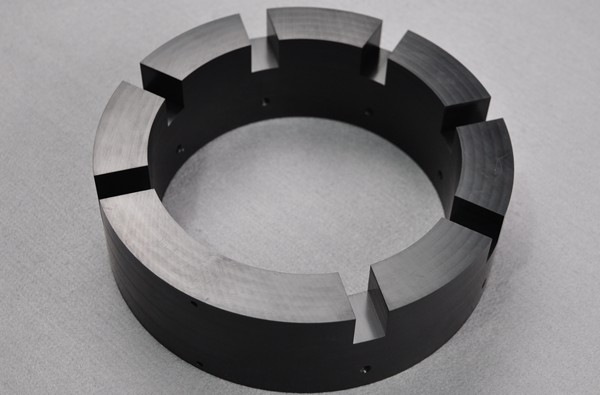
Hardening is not limited to conventional metals but also extends to superalloys. Nickel-based superalloys such as Inconel 718, Waspaloy and René 41 are also compatible with precipitation heat treatment.
Overall, the range of hardenable alloys is very diverse and offers engineers a lot of flexibility in their work. For example, age-hardenable stainless steel increases the yield strength of the material and offers a unique combination of material properties such as high strength, corrosion resistance and good appearance.
Advantages of Precipitation Hardening
Precipitation-hardened materials are characterized by numerous favorable material properties that make them superior to their untreated variants. This section summarizes the main benefits of particle hardening.
Greatest strength
The biggest advantage of precipitation hardening is the increase in yield strength. As mentioned previously, this is because hardening of the particles prevents displacement movements and provides additional plasticity to the alloy.
To put things into perspective, 6061 aluminum is a popular candidate for hardening aluminum. T6 hardening hardness increases the yield strength of this alloy from 124 MPa to 276 MPa, more than double the original value. This highlights the importance of precipitation hardening to improve the strength of a material.
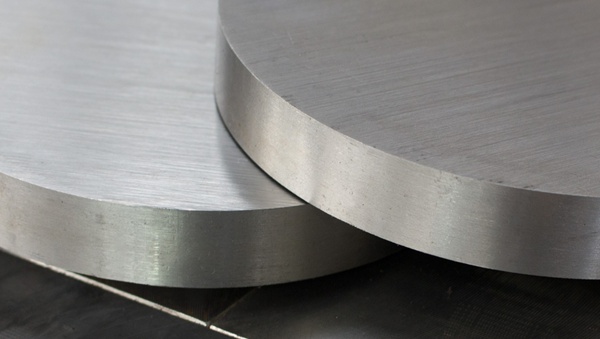
toughness
Another positive property that can be improved through healing is tenacity. Releases internal tensions in the material and ensures a more uniform microstructure. This increases resistance to shock loads and stress-related fractures and contributes to the structural integrity of technical structures.
Consider 6061 aluminum again. Its tensile strength increases from 117 MPa to 310 MPa with T6 heat treatment, illustrating the effect of precipitation hardening.
toughness
Hardness is another important property that is improved during the curing process. As before, this is a product of increased resistance to displacement within the alloy matrix.
Take the pressure casting process, for example. Molds must be strong, hard and very durable to withstand thousands of production cycles. To achieve this, manufacturers use precipitation-hardened steel or aluminum molds, which have a longer lifespan and greater value for mass production.
Dimensional stability
The improvement in strength and toughness is also accompanied by an improvement in the dimensional stability of the alloy. The material becomes slightly more resistant to thermal and plastic deformation, resulting in a greater ability to maintain its shape under mechanical and thermal stress.
From a technical point of view, this is a very desirable feature. After curing, parts do not deform easily and maintain their shape during intensive production processes such as metal machining and polishing.
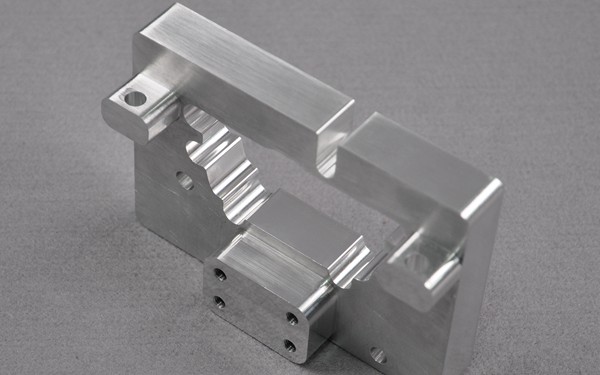
Cost effectiveness
Precipitation heat treatment also results in lower production costs. The improvement in mechanical properties often outweighs the additional cost of heat treatment because it does not require investment in an expensive alloy with the same properties.
For example, the properties of precipitation hardened stainless steel can be comparable to those of high-strength materials, saving the cost of purchasing expensive titanium alloys.
Challenges and tips for excretory hardening treatment
Precipitation hardening presents some challenges. Success depends on precision control requirements and complex mechanisms. The following sections highlight some of the key challenges and healing tips.
Challenges of Precipitation Hardening
Here are three main challenges in the precipitation process.
Precipitation homogeneity
Achieving uniform precipitation size and distribution is critical to successful curing, but can be challenging. Problems like these occur when heat is applied unevenly to the material or when quenching is not efficient enough to freeze all parts of the material's volume evenly. This is particularly difficult with large, complex parts.
excessive aging
Excessive aging is a common problem in precipitation heat treatment. It occurs when the material ages at very high temperatures or for a long time, causing the precipitates to become thick. The result is a reduction in strength.
Internal tensions
A negative side effect of rapid cooling during quenching and subsequent thermal expansion during aging is the creation of internal stresses in the material. This can lead to dimensional distortions, cracks and irregular properties. Engineers can combat this by minimizing thermal gradients during heating and cooling cycles and applying stress-relieving treatments such as cold compression.
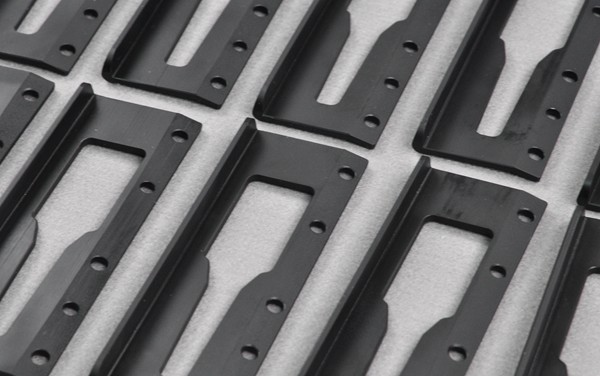
Precipitation Hardening Tips
To ensure that the fallout treatment goes smoothly, you can follow the tips below.
Optimize heat treatment parameters
Numerous parameters such as temperature, time and heating/cooling rates determine the success of the precipitation hardening process. Understanding how these parameters affect the result and optimizing your selection accordingly will help you achieve optimal results.
For example, if you use a poor cooling medium during quenching, the cooling rate may slow, causing larger-than-necessary precipitates to form within the alloy matrix, negatively affecting its hardness and toughness. However, this level of proficiency requires some experimentation and experience, so you need to use appropriate testing methods and dedicate some time to learning.
Precise temperature control
Maintaining the correct temperature during precipitation hardening is crucial to a successful heat treatment process. For example, general guideline values for solution and aging temperatures for 6061 aluminum are 529°C and 160°C, respectively. To maximize heat treatment efficiency, operators must stay within a narrow range of these temperature targets.
Quality inspection
Monitoring process performance through quality testing is a great way to get feedback on the performance of your heat treatment system. Tests that engineers use for in-process quality testing include non-destructive testing and hardness testing to measure failure propensity and material properties.
Precipitation hardening vs. annealing and tempering
Heat treatment is a very versatile concept that includes different types of processes. Precipitation hardening, annealing and quenching are probably the most common of these. Of course, there is some confusion between these processes, as all three involve subjecting the alloys to temperature for specific periods of time.
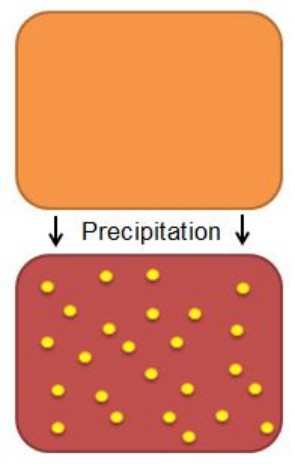
Precipitation hardening vs. annealing
Annealing is mainly a stress relieving process that improves the ductility and machinability of the material. This contrasts with hardening, whose main objective is to make the material stronger and harder.
However, the beginning of both processes is similar. The furnace increases the temperature of the alloy to a point close to the recrystallization temperature. After that, however, the steps of both processes are different.
During precipitation hardening, the hot, solid solution is rapidly cooled (quenched) in the next step. During annealing, on the other hand, the heated alloy cools much more slowly and in a more controlled manner in a less aggressive cooling medium such as still air.
Precipitation hardening vs. tempering
Quenching has been mentioned previously in this discussion as it is also a sub-process of the precipitation hardening process.
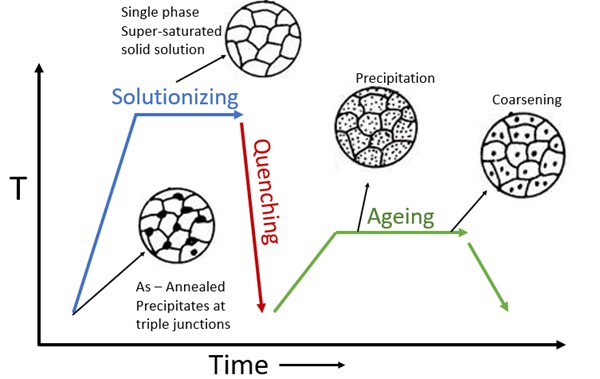
Quenching involves heating the material to a high temperature and then cooling it very quickly to room temperature, freezing its microstructure in its current state. This leads to the hardness and brittleness of the material.
This is fundamentally different from precipitation hardening. Hardening involves heating the material, tempering it, and then heating it again to form hardening precipitates. Therefore, it involves more steps than a simple tempering process.
Applications of the Precipitation Hardening Process
Precipitation hardening has numerous applications across a wide variety of industries. Some of the most important applications are highlighted below.
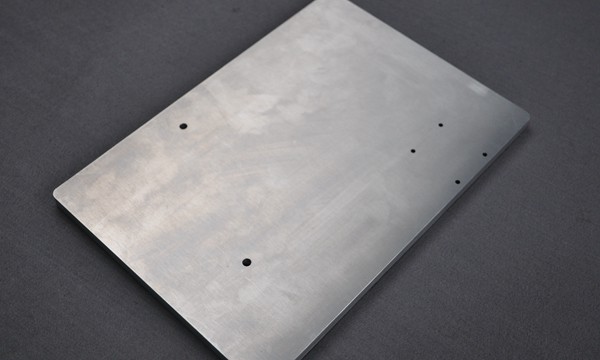
- Aerospace : Precipitation hardened alloys are widely used in manufacturing aircraft structural components such as landing gears, engine components, fasteners, etc. For example, Al-6061 T6 is known to be suitable for space use due to its aerospace applications.
- Automobile Industry : Automotive components such as engine parts, suspension components, and chassis parts go through a curing process for greater strength and durability.
- Medical : Many implant and surgical instrument manufacturers prefer precipitation-hardened alloys because of their hardness and durability.
- Tool Making : Cutting tools for machining are generally made from precipitation alloys due to their higher strength and wear resistance.
Concluding
Precipitation hardening is undoubtedly one of the most useful heat treatment processes in manufacturing. It offers incredible results in the form of greater strength, hardness and dimensional stability.

Common questions
What influence does the choice of temperature and hardening time have on the properties of precipitation hardened alloys?
Curing temperature and duration are critical to achieving desired results. Higher temperatures or longer exposure times may produce coarser precipitation and thus reduce the positive curing effects.
What are the biggest challenges in achieving uniform precipitate formation in a complex-shaped part?
With complex part geometries, achieving uniform properties is challenging. Strategies such as controlled cooling and heat treatment devices can do the job.
What influence does the quenching medium have on the properties of a precipitation hardened alloy?
The choice of quenching medium (water, oil, polymer solution, etc.) can affect the cooling rate during quenching and the resulting microstructure of the material. Different quenching rates can lead to variations in hardness, strength and residual stresses, which can negatively impact part quality.

